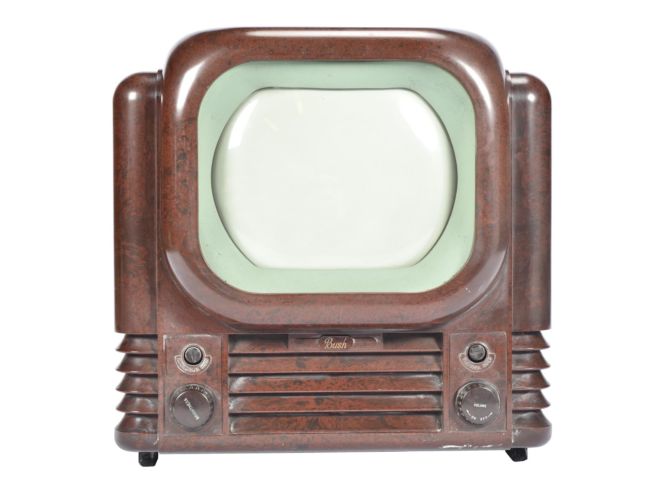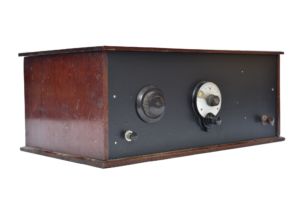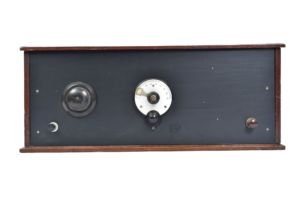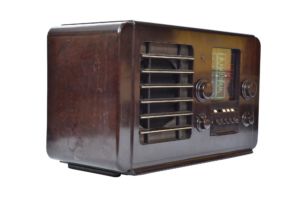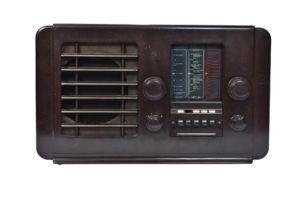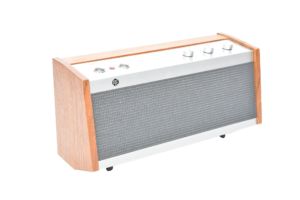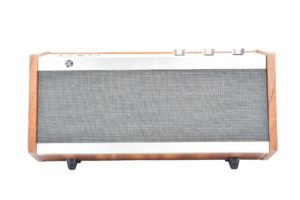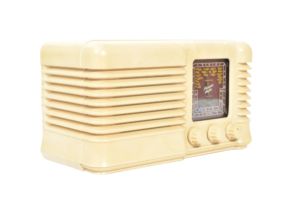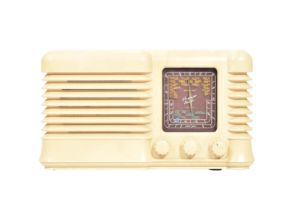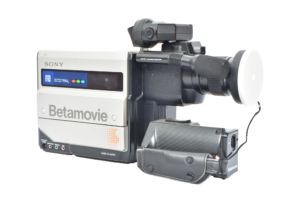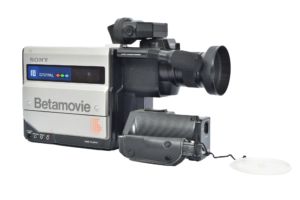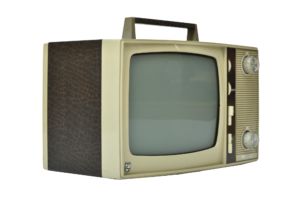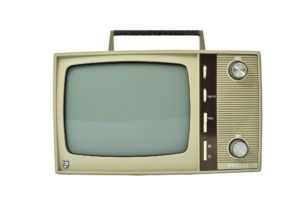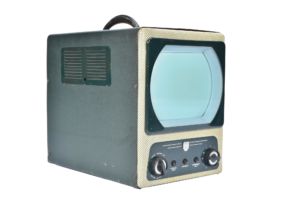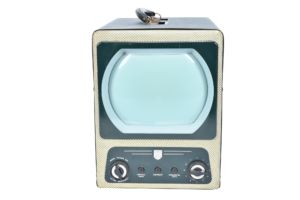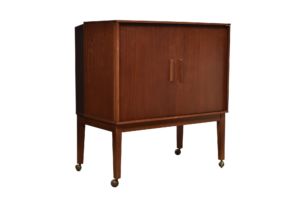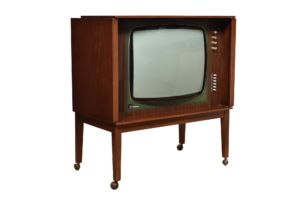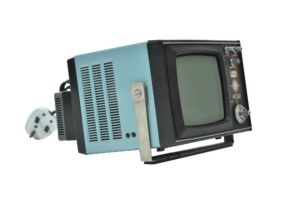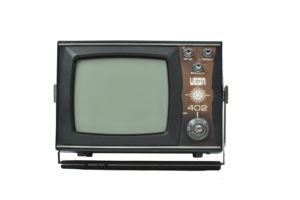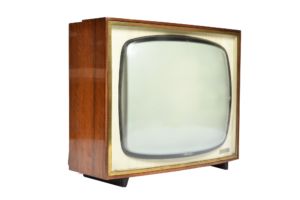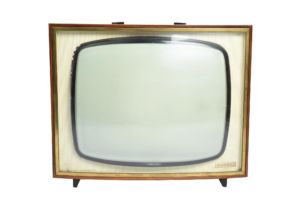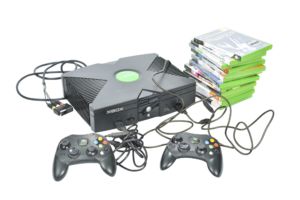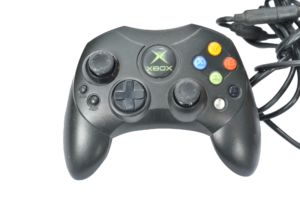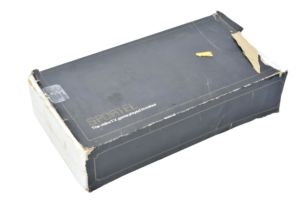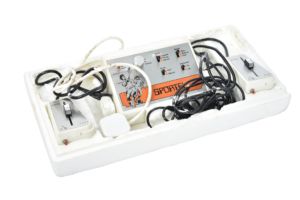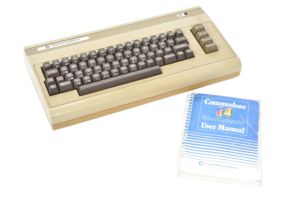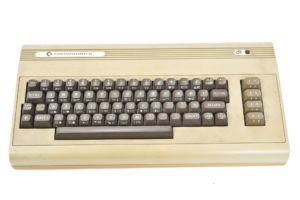Audio
By 1930 there were five million radio sets in Britain
- 1877 The first sound recording was made on the Phonautograph
- 1887 The first flat disc record was produced
- 1922 First public radio broadcast in the UK
- 1935 The first commercially viable tape recorder was produced
- 1949 The first 45 rpm record was pressed
Vision
In 1953 27 million people watched the Coronation of Queen Elizabeth II on television in the UK alone. Roughly half of the population.
- 1927 The first television was invented by Philo Taylor Farnsworth
- 1936 First public BBC broadcast
- 1956 First commercially viable video recorder was produced
- 1967 Colour television first broadcast in the UK
Computing
The Sinclair ZX-Spectrum home computer was 8-bit with 16kb of RAM when it was released in 1982. 5 million were sold.
- 1952 The worlds first TV video game was invented – OXO
- 1972 The first TV video games, Magnavox Odyssey console and Atari’s Pong were released
- 1975 MIT’s Altair 8800 was the first home computer boasting between 256 bytes to 64 MBs of RAM
- 1976 Steve Jobs and Steve Wozniak produced the Apple 1 home computer
Snellings key dates in history
R C Snellings has been serving the people of Norfolk since 1954
- 1953 Roy Snelling decides to start his own television sales and repair business
- 1954 R C Snellings opens in a disused laundry building in Blofield Heath, Norfolk
- 1955 Televisions starts to be broadcast in Norfolk
- 1961 The business expands with new workshops
- 1967 A new showroom is added to include colour televisions
- 1973 Colour television workshops are opened
- 1980 Roy Snelling brings satellite reception to Norfolk
- 1994 Opening of the new purpose built workshop building.
- 1999 R C Snelling Charitable Trust is set up
- 2012 R C Snellings merges with Gerald Giles in Norwich city centre
History
Roy Snelling, the founder and principle collector of the Snellings Museum of Sound and Vision, created the collection in order that the radios and televisions that he spent his life working with would not be forgotten. He recognised that these objects played an important role, beyond listening or watching, in the lives of those that used them. As a retailer he was also aware of how quickly things were being replaced and how the pace of change was increasing. By preserving these objects Roy wanted older generations to be able to enjoy their fond memories of these old sets, but also to allow those that follow to experience how things have changed.
The Snellings Museum aims to allow everyone access to this fascinating collection, whether online or in person. We are still in the process of researching the histories of much of the collection and invite you to help us. If you have any knowledge or personal memories of any items in the collection, please feel free to share them with us through our contact page. We also extend this invitation to longterm customers of Snellings if they wish to share stories of the early days of television in Norfolk.
